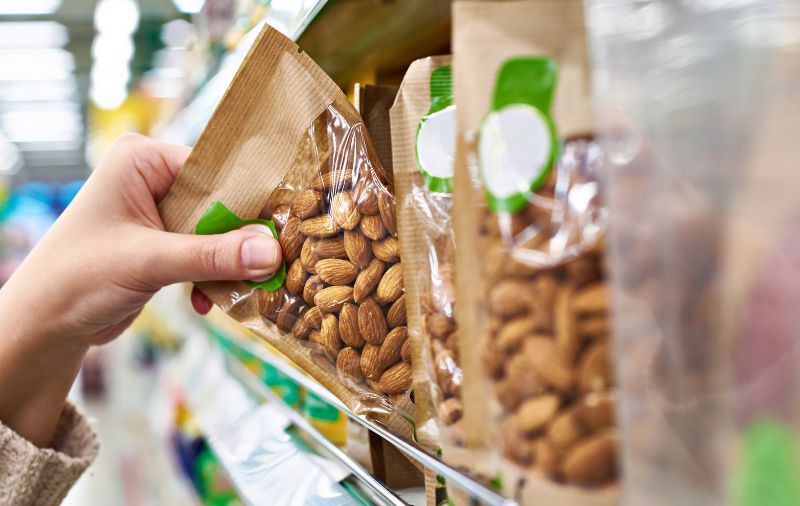The demand for some products these days is a function of their packaging. Some products are highly demanded by consumers, not because of their performance, but due to their attractive packages.
Nowadays, consumers want self-service with minimum time wastage. Packaging is one of the marketing tools that marketing executives use to attract, promote, and protect their products.
These days, the packaging is synonymous with the contents/services offered. Hence, millions of naira are spent by marketing executives to produce packages for their products.
Read Also: Roles of Pricing and Advertising in Marketing Mix
Some companies’ products fail not because of the performance of their products, but because the packages are defective.
Packaging

Packaging has been variously defined in both technical and marketing literature. One of the most quoted definitions is, that packaging is the art, science, and technology of preparing goods for transport and sale. Kotler (1997:458) defines packaging as including the activities of designing and producing the container or wrapper for a product.
Read Also: Product Concept Development and Evaluation
Stanton (1981) also agrees with this definition when he defines it as “the general group of activities in product planning that involves designing and producing the container or wrapper for a product.”
An understanding of the packaging industry is necessary to fully appreciate the packaging revolution that has occurred in the consumer and industrial goods sectors.
The packaging industry consists primarily of two distinct segments – firms that manufacture the packaging materials and the marketing research agencies which conduct specialized packaging research, generally for packaging development and adoption.
Newer materials are constantly emerging in the packaging field and in many cases, which have eliminated or threatened the older materials, such as wood and steel, because of the relative cost advantage or better performance characteristics. The important packaging materials today are:
- Metals – Aluminum, Tinplate, and steel
- Plastics – PVC, HDPE, etc.
- Wood – Wood and cellulose film
- Paper – Paper, board, corrugated board, etc.
- Glass – Clear, tinted, etc.
- Laminated – Aluminum, foils, plastic film, etc.
Reasons for Packaging
There are various reasons for packaging, among these are:
Packaging is used to protect the contents of the product from spoilage or wastage. Packages ensure that consumers receive the products in good condition and then derive the best benefit from them. This protective package is referred to as the primary package.
Read Also: Importance and Need for Financial Literacy (Financial Education)
Packages can also be used as a form of promotion. The primary package can be so designed to attract customers to the product.
Some of the packages can be used after the main content has been used up. Designs, sizes, and colors of packages can also be employed as means of promoting the product at their points of sale.
Packaging may implement a company’s marketing program. Packaging helps to identify a product and thus may prevent the substitution of competitive goods. A package may be the only significant way in which a firm can differentiate its product.
In the case of convenience goods or industrial operating supplies, for example, most buyers feel that one well-known brand is about as good as another. Retailers recognize that effective protection and promotion features in a package can cut costs and increase sales.
Management may package its product in such a way as to increase profit possibilities. A package may be so attractive that customers will pay more attention to getting the special package even though the increase in price exceeds the additional cost of the package. Also, an increase in ease of handling or a reduction in damage losses will cut marketing costs, again increasing profit.
Read Also: Conditions for Effective Market Segmentation and Bases for Segmenting Consumer Markets
